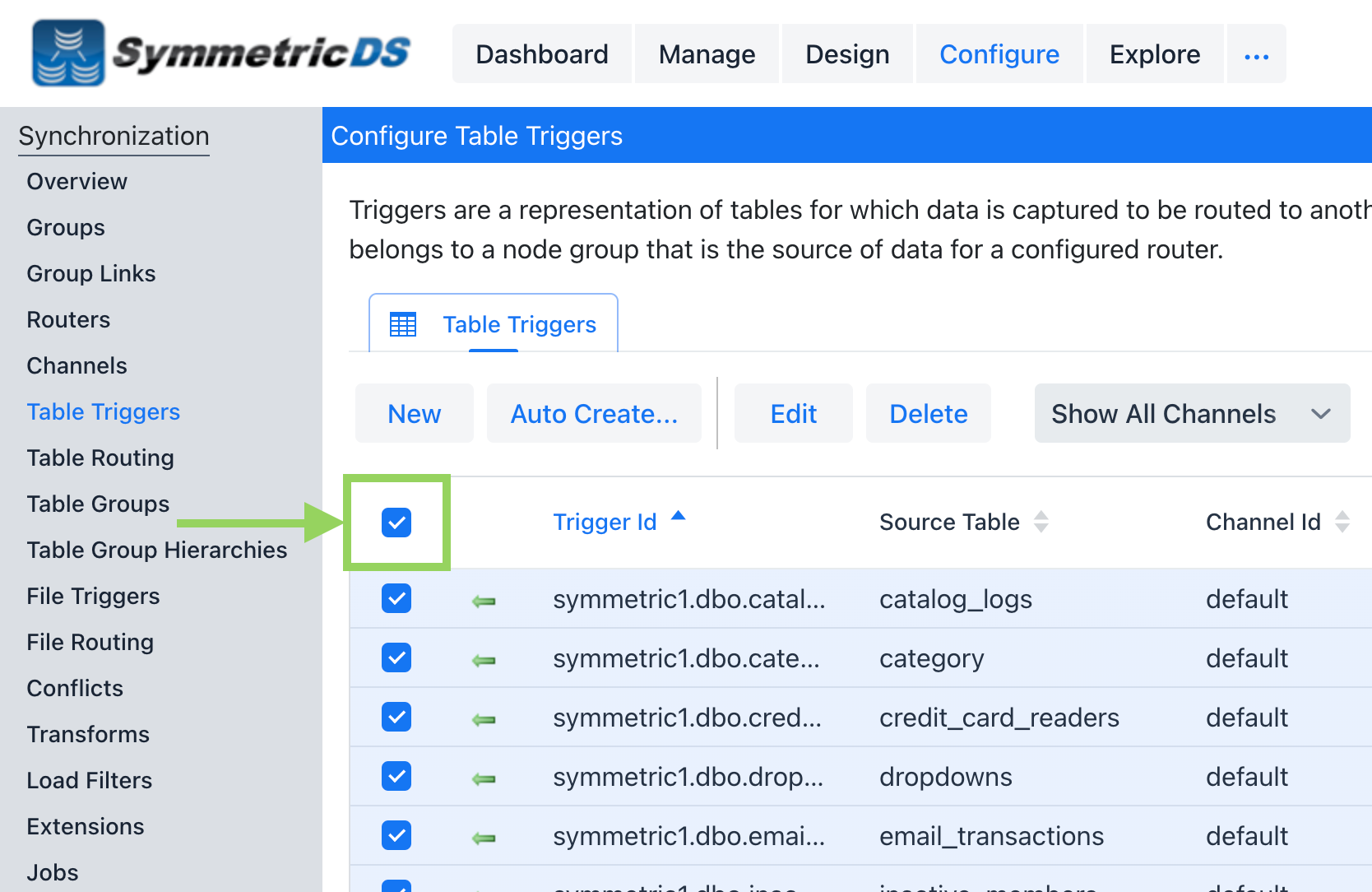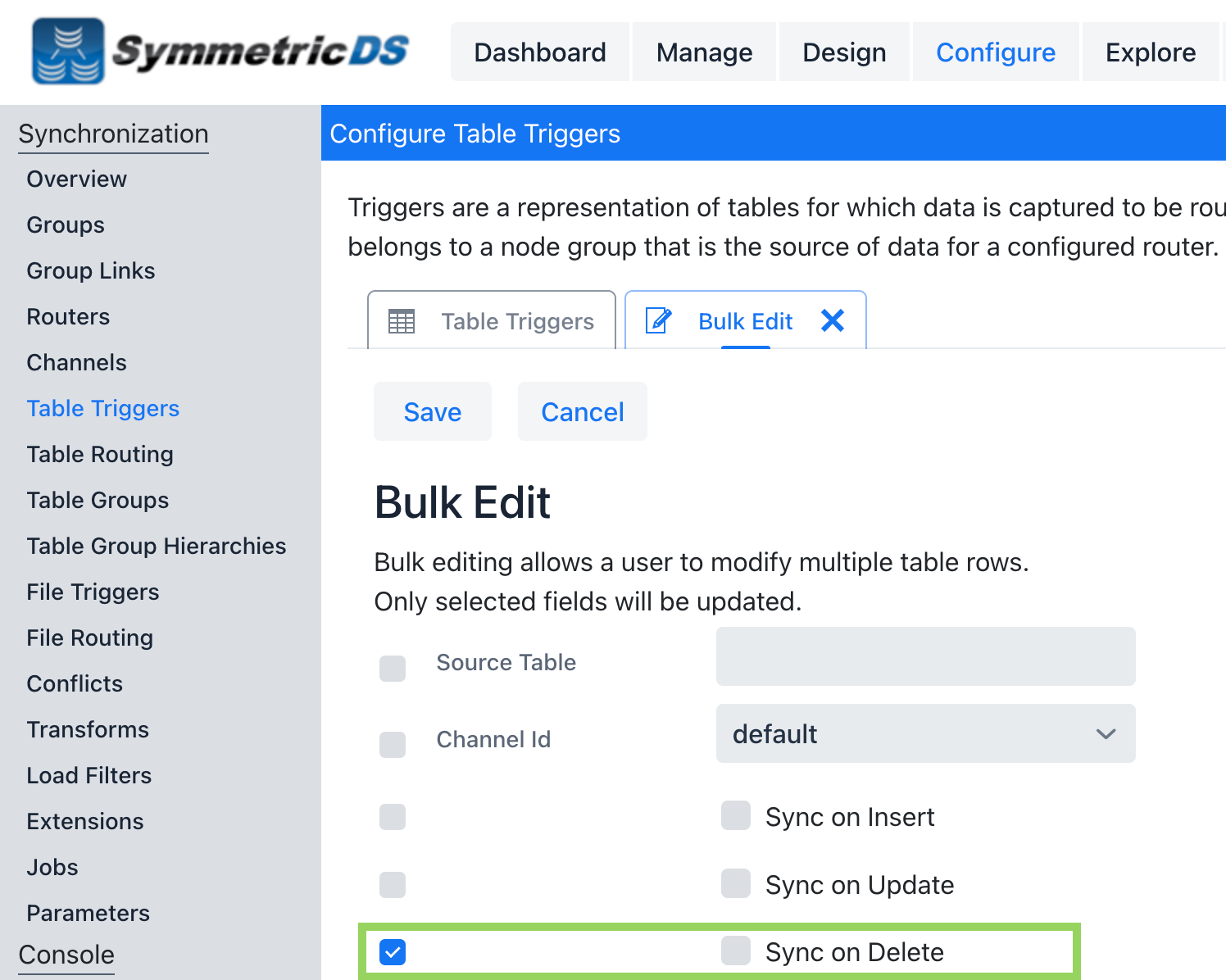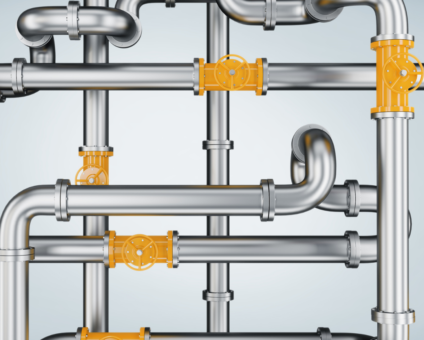Physical retail is still where the magic happens. According to new research by RSR, 85% …
![]()
Cloud-native POS platform for seamless omnichannel customer experience.
![]()
A single hub for all promotions campaigns.
- Omnichannel ExperienceCreate seamless customer experiences
- Device IndependencePOS agnostic to form factor or operating system
- Self-CheckoutDo more with fewer associates
- Mobile StoreLeverage POS from anywhere
- POS on the GoEnable associates to sell outside of the store
- Unified PromotionsStreamline and simplify promotion workflows
- CX ConnectAllow customers to engage with POS during checkout
- Composable CommerceCreate the store experience you want
![]()
The most advanced synchronization solution for databases and file systems.
![]()
Data configuration and batch automation across different disparate systems and vendors.
-
Data Replication
- Multi-tier DistributionReplicate thousands of remote locations
- Cloud Database ReplicationCapture live changes from on-premise to the cloud
- High Availability and Load BalancingEnsure 24/7 access to data and scale efficiently with demand
- Analytics and ReportingCapture the whole picture with real-time reporting
- Multi-masterMaintain consistency of data in a peer to peer setup
- Data WarehouseReplicate live and historical data to a warehouse
- MigrationsConduct live data migration with no downtime
-
-
Data Integration
- Master Data ManagementChanges propagate across the entire system, allowing you to maintain a centralized view of all parts of your core business entities.
- Application IntegrationReduce dependencies, complexity, and risk to build a high-performance, data-driven application.
- Web ServicesIntegrate multiple systems using web services or build a business application using a service-oriented architecture.
- Data WarehouseIntegrate disparate data from multiple systems so you can transform data for better business intelligence and reporting.
- Data MigrationConduct live data migration during critical server replacements, storage upgrades, and data center relocations—with no downtime.
- ImplementationIntegration consultants help design, develop, and deploy an implementation of our products.
- DevelopmentThe product developers can add features, enhance existing functionality or build support for new platforms.
- TrainingEngage our experienced training resources to gain in-house knowledge and expertise on Jumpmind products.
- SupportLeverage product engineers to resolve issues, fix defects and provide updates or patches.
- Proof of ConceptDetermine the feasibility of implementing our products and get answers to your questions quickly.
Beyond the Hype: What Retailers Really Want from Tech in 2025 Europe’s biggest retail conference …
What a fun week it was for women from across the country who came together …
View all Blog Posts
The new release of SymmetricDS Pro 3.16 data replication software simplifies setup, improves performance, and …
Sybase ASE (more recently known as SAP Adaptive Server Enterprise), announced its end of mainstream …
Azure Blob Storage has become a popular option for storing files in the cloud. And …
View all Blog Posts
Jumpmind Powers Point of Sale and Promotions Execution for Landmark Retail, One of the Largest …
Retail Technology Leader Jumpmind to Enable Mobile Point of Sale and Inventory Management for DTLR/VILLA …
The retailer is charting its next chapter with retail technology modernization to power inspired omnichannel …
View all Customer Stories
43 percent say handling online order returns in-store is a top challenge, and that increases …
After nearly a century in business, the legendary Canadian fashion retailer is retooling to streamline …
The Solution Addresses Modern Retail Challenges with Innovative Promotions to Captivate Inflation-Weary Shoppers NRF 2024, …
View all Blog Posts
![]()
Cloud-native POS platform for seamless omnichannel customer experience.
![]()
A single hub for all promotions campaigns.
![]()
The most advanced synchronization solution for databases and file systems.
![]()
Data configuration and batch automation across different disparate systems and vendors.
-
Data Replication
-
-
Data Integration
-
Retail Retail trends, technology, and enhancing the customer experience
-
Data Thoughts on data matters, dialects, performance, and security
-
Customer Stories How Jumpmind impacts the businesses of our clients
-
Videos & Webinars Watch on demand demos, reviews, and tours of our products
-
Company News Get the scoop on Jumpmind's growth and impact
View all Blog Posts
Increase Database Performance By Setting Up Replication to a Data Warehouse

Does your database retain all your historical data as well as operational data that is needed day to day? If so, why not move the historical data to a new storage space designed for better analytics and reporting while continuing to keep your operational database lean and fast?
This article will walk you through a solution using real-time change data capture to continuously stream all inserts and updates to a data warehouse while ignoring deletes. This allows the operational database to be purged down to only contain the data that is needed for daily operations. All historical data is compiled over time through replication to the warehouse so it is never lost. By separating the operational and historical data all reporting and analytics can work against the warehouse rather than providing more processing by the operational database.

Prerequisites
– SymmetricDS is installed and connected to both the operational database and warehouse database
– All tables to be replicated to the warehouse have been configured in SymmetricDS
– Purge processes are in place to remove data from the operational database outside of SymmetricDS to reduce it in size regularly
SymmetricDS Configuration
In order to set up SymmetricDS to replicate only inserts and updates to the warehouse node, the deletes simply need to be configured to be turned off. By navigating to the configure -> table triggers screen, all table trigger configurations used to replicate to the warehouse can be selected in bulk.

Once all the table triggers are selected, hit the “Edit” button to make adjustments to all these configured triggers at the same time. On the bulk edit screen, the “Sync on Delete” checkbox needs to be turned off so that deletes are no longer replicated to the warehouse and all historical data can be retained. Once unchecked, hit “Save” and you are configured to no longer send deletes to the warehouse node.

After saving these changes the triggers will automatically be reconstructed and you are set to send only inserts and deletes to your warehouse. The foundation is now in place to begin purging old data out of your operational database without fear of losing it. Instead, all data is now retained in a warehouse designed for large data sets to be accessed through various reporting and analytics tools.


















